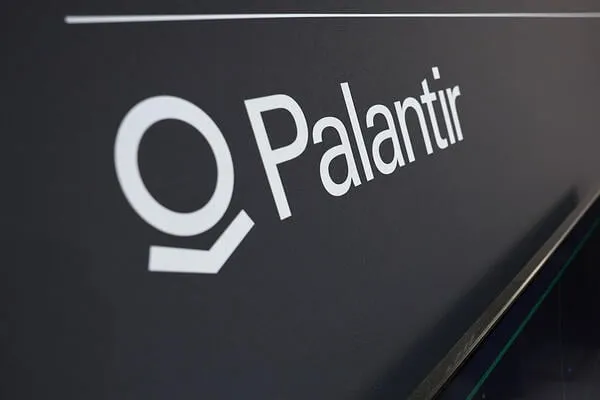Education in Pakistan has seen a significant shift in recent years, with traditional classrooms making way for virtual learning platforms. This change has been accelerated by the global COVID-19 pandemic, which forced schools and universities to close their doors and move to online teaching to ensure the safety of students and teachers.
Virtual learning has become the new normal, with students attending classes, submitting assignments, and taking exams all from the comfort of their homes. This shift has not only allowed for continuity in education during these challenging times but has also opened up new possibilities for the future of education in Pakistan.
One of the key benefits of virtual learning is its accessibility. Students from remote areas who previously had limited access to quality education can now attend classes online and access resources that were previously unavailable to them. This has the potential to bridge the education gap between urban and rural areas in Pakistan and ensure that all students have equal opportunities to learn and succeed.
Furthermore, virtual learning allows for greater flexibility in terms of scheduling and pace of learning. Students can learn at their own pace, review lectures and materials as many times as they need, and complete assignments and exams on their own time. This flexibility can help students better understand and retain information, leading to improved academic performance.
Virtual learning also opens up new opportunities for collaboration and networking. Students can connect with peers from different cities and even countries, share ideas and resources, and work together on group projects. This can help students develop important communication and teamwork skills that are crucial for success in the professional world.
However, virtual learning also comes with its challenges. Not all students have access to reliable internet connections or the necessary technology to participate in online classes. This digital divide can further exacerbate existing inequalities in education and hinder the progress of students who are already at a disadvantage.
Additionally, the shift to virtual learning requires teachers to adapt their teaching methods and strategies to an online environment. This can be challenging for educators who are used to traditional classroom settings and may require additional training and support to effectively teach online.
Despite these challenges, the future of education in Pakistan looks bright with the integration of virtual learning. As technology continues to evolve and improve, the possibilities for online education are endless. Virtual reality, artificial intelligence, and other advanced technologies can further enhance the learning experience and provide students with new and innovative ways to engage with course material.
In conclusion, the transition from traditional classrooms to virtual learning marks a significant milestone in the evolution of education in Pakistan. While there are challenges to overcome, the benefits of virtual learning far outweigh the drawbacks. By embracing technology and innovation, Pakistan can create a more inclusive and accessible education system that prepares students for success in the 21st century.


